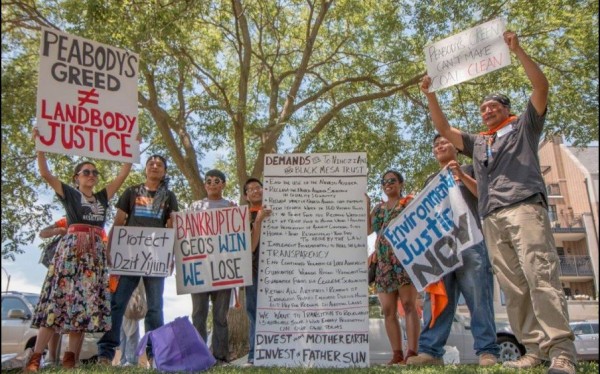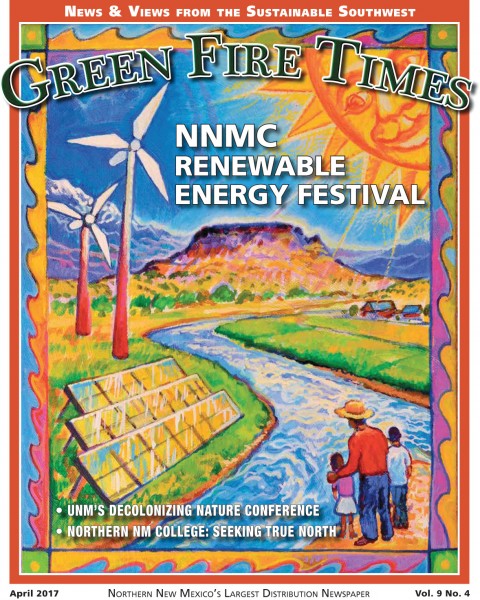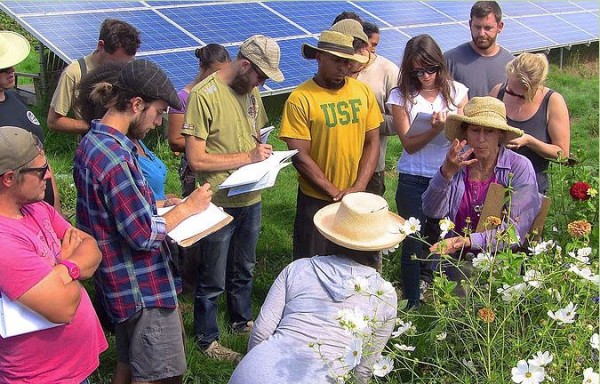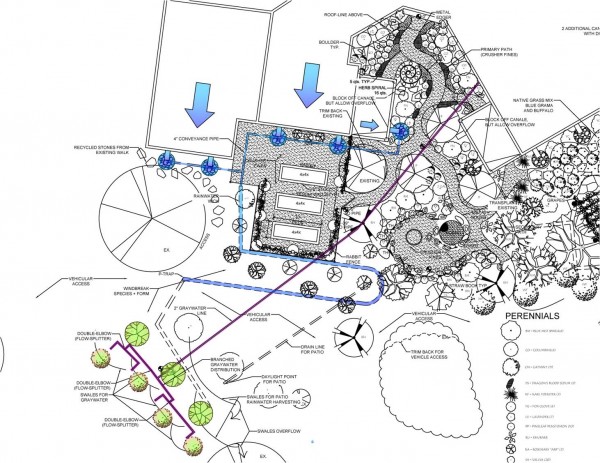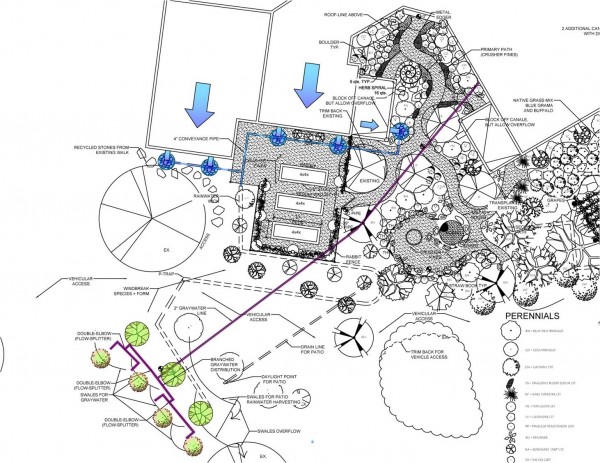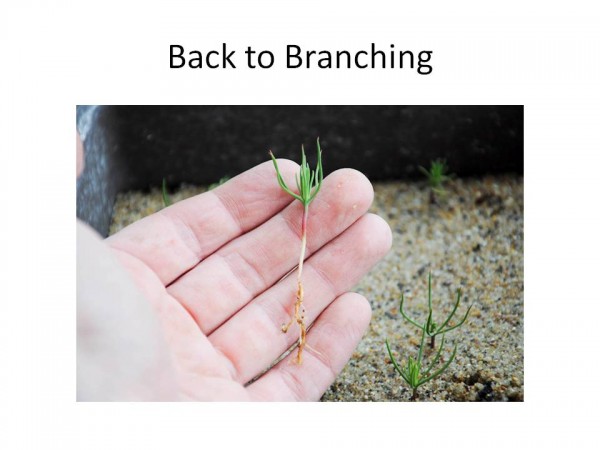The PermaDesign Weblog, with Nate Downey and Melissa McDonald!
Archives from April 2017
Black Mesa Water Coalition
From 2001 Black Mesa Water Coalition out of Arizona has been at the forefront of environmental issues concerning the Navajo and Hopi communities. Their goals include the transition away from an extractive economy to a restorative one that is culturally rooted within indigenous teachings. BMWC strives to empower young people and encourage collaboration among communities to protect and preserve Mother Earth. More information can be found here.
04/13/2017 | (0) Comments
Earth Day with Green Fire Times
Celebrate Earth Day Saturday the 22nd with a full day of events in northern New Mexico. Green Fire Times has a great list of Earth Day events throughout the region with something for everyone.
04/12/2017 | (1) Comments
Vocational Skills in Permaculture
Our friends at the The Permaculture Skills Center are training next generation land stewards with their Ecological Landscaper Immersion program. Through a hands-on approach with real-world projects, participants will gain a foundation in permaculture, ecoliteracy, design, and project management/installation. The 6-month program is directed towards landscapers, land managers, designers, educators, and land-based entrepreneurs. Upon completion, participants will receive both a Permaculture Design Certificate and an Ecological Landscaper Certificate of Training.
04/11/2017 | (0) Comments
River’s Edge

One of the great things about this rain garden is that it displays the permaculture concept known as “edge.” See how the banks of the garden undulate and how the peninsula protrudes into what could have been a simple circle. This configuration allows for greater stormwater infiltration into the neighboring soil. As Santa Fe’s River and Watershed Coordinator, Melissa worked with The Rain Catcher, Southwest Urban Hydrology, the Santa Fe Watershed Association, and countless other supportive members of our community. The project was funded in part by the city’s Santa Fe River Fund. (Check the box on your water bill!)
Tomorrow at 11:00 a.m. you can help cut the ribbon of this exciting new project across from the end of Sicomoro St. next to Bicentennial Park (just off West Alameda.)
04/07/2017 | (0) Comments
SLIDE 43: Wicking Action
Notice how the 4” pipe doubles in width in this slide as the underground water-harvesting system is revealed on the plan. It gets wider because the pipe becomes a perforated pipe covered by a root-prevention sock. This perforated pipe is surrounded by lava rock or some similar porous, inert material (BUT NOT GRAVEL). I like to use pumice, scoria, and Growstone.
04/06/2017 | (0) Comments
SLIDE 42: Collection
But branching is not always about distribution of energy (in the previous case, greywater). Branching can also be about collection and conveyance of energy (typically toward storage, filtration, and ultimately to distribution). It’s time, now, to look at the form of branching that collects and conveys. The blue arrows circles, and lines in this slide show the beginnings of that branching pattern. In the case of roofwater collection, we see short, stubby branches known as canales (much like the short, stubby see ends of the greywater pipes above. The canales dump runoff from the roof into catchment drains that are covered with river rock. These subsurface drain boxes are connected to 4” diameter undergound pipes that direct water toward a deisred goal that we’ll begin to see in the next slide.
04/04/2017 | (0) Comments
Salman’s Back, Spawning Passion, Plants
From my most recent article:
I can’t remember grabbing a bottle of whiskey and driving my Chevy to the levee, but the closing of Santa Fe Greenhouses five years ago was definitely an American Pie moment. But people have to do what people have to do, and David Salman, the founder and former president of Santa Fe Greenhouses, has to grow plants.
04/03/2017 | (1) Comments
SLIDE 41: Back to Branching
But what does all of this greywater stuff have to do with permaculture’s “branching” pattern. Branching is often about distributing energy evenly--just as this plant-start likes to do. In the case of the greywater system just described, like the very small sapling, it has a long stem with a number of short branches. Other greywater systems that we have designed and installed have much shorter distribution stems (trunks) and much longer branches. The big factors involved in determining the ratio of primary trunk/stem to secondary/tertiary branches are gravity, geology, existing structures, existing plant material, and the needs and desires of our clients.
04/02/2017 | (0) Comments
